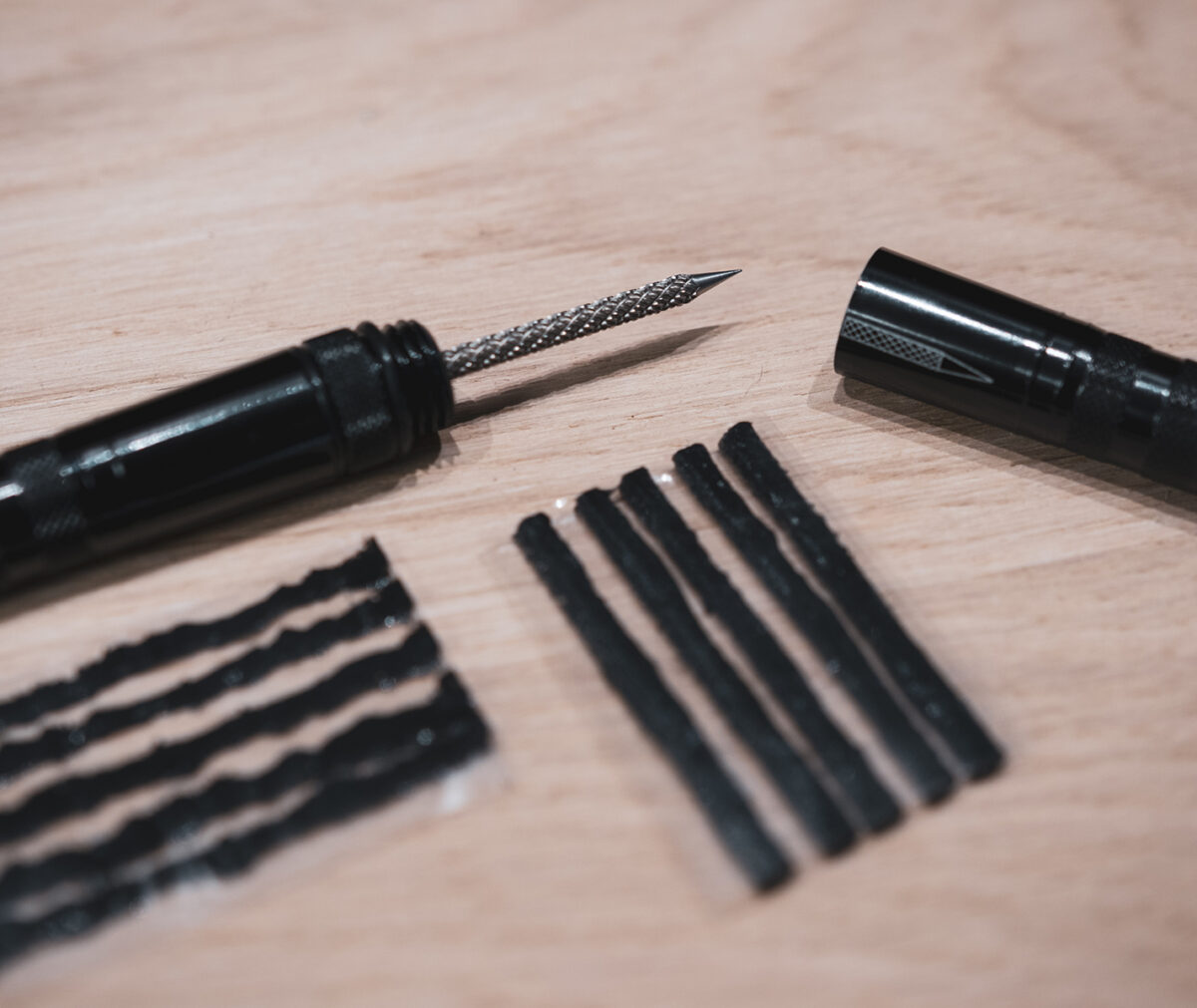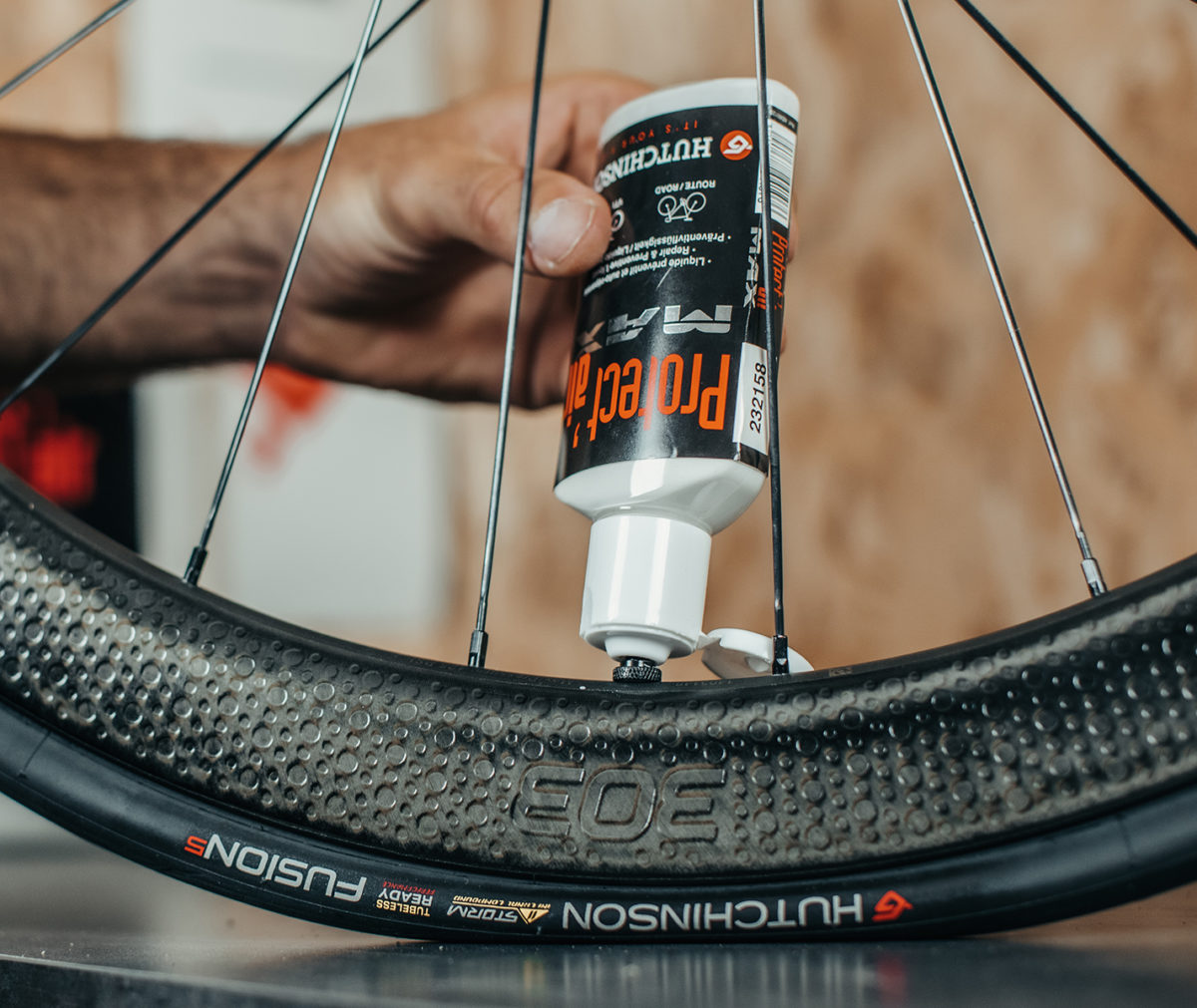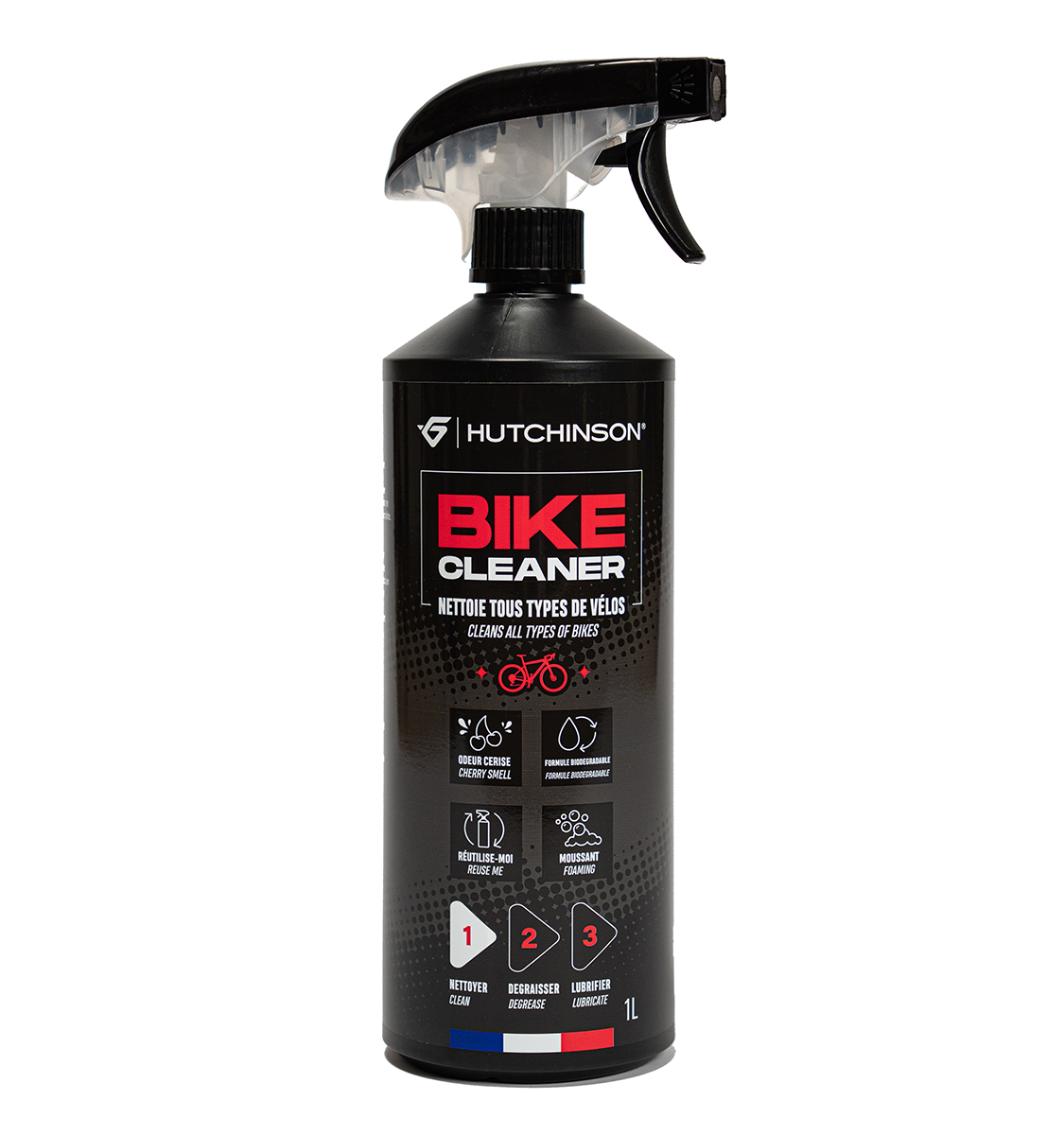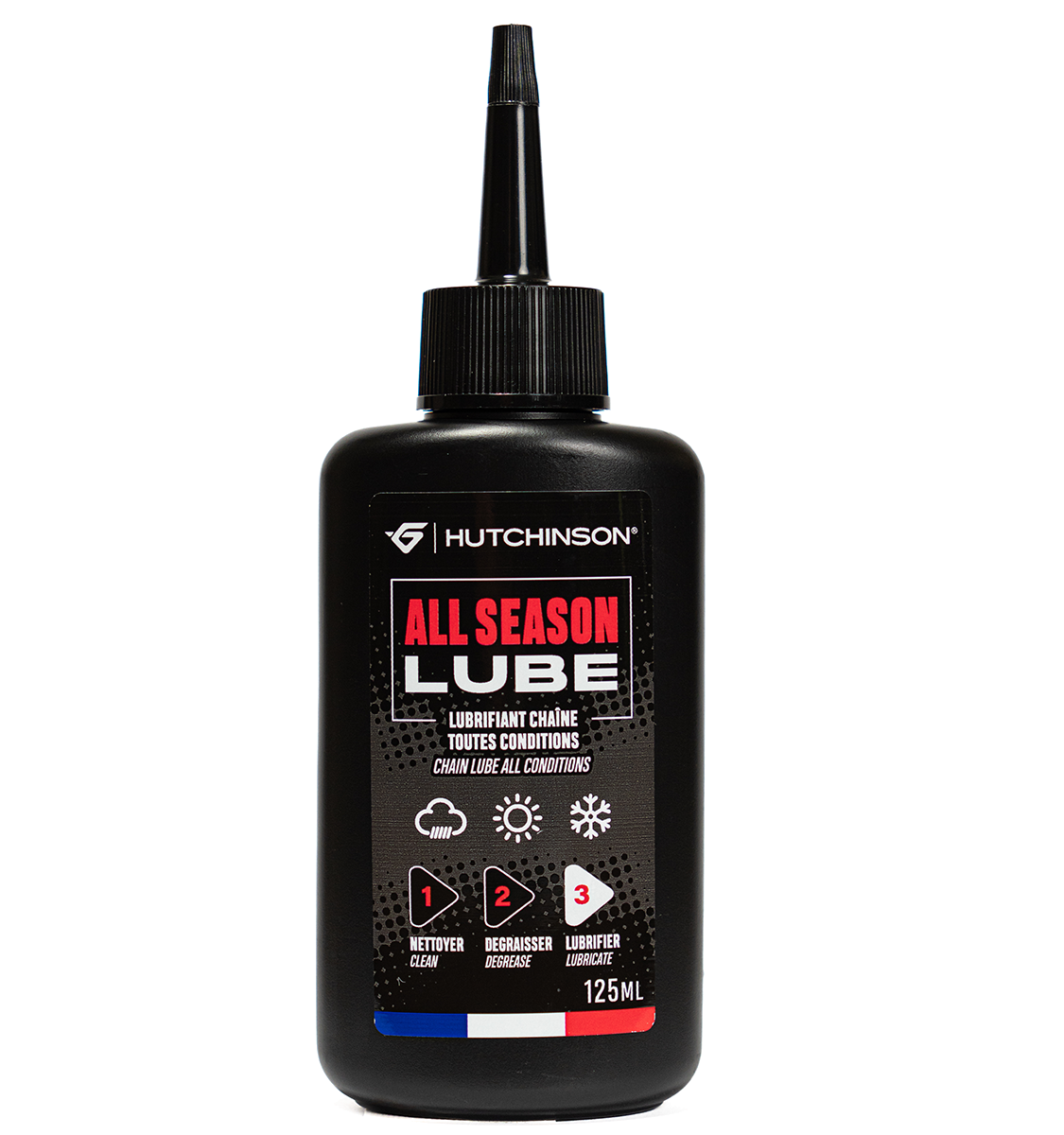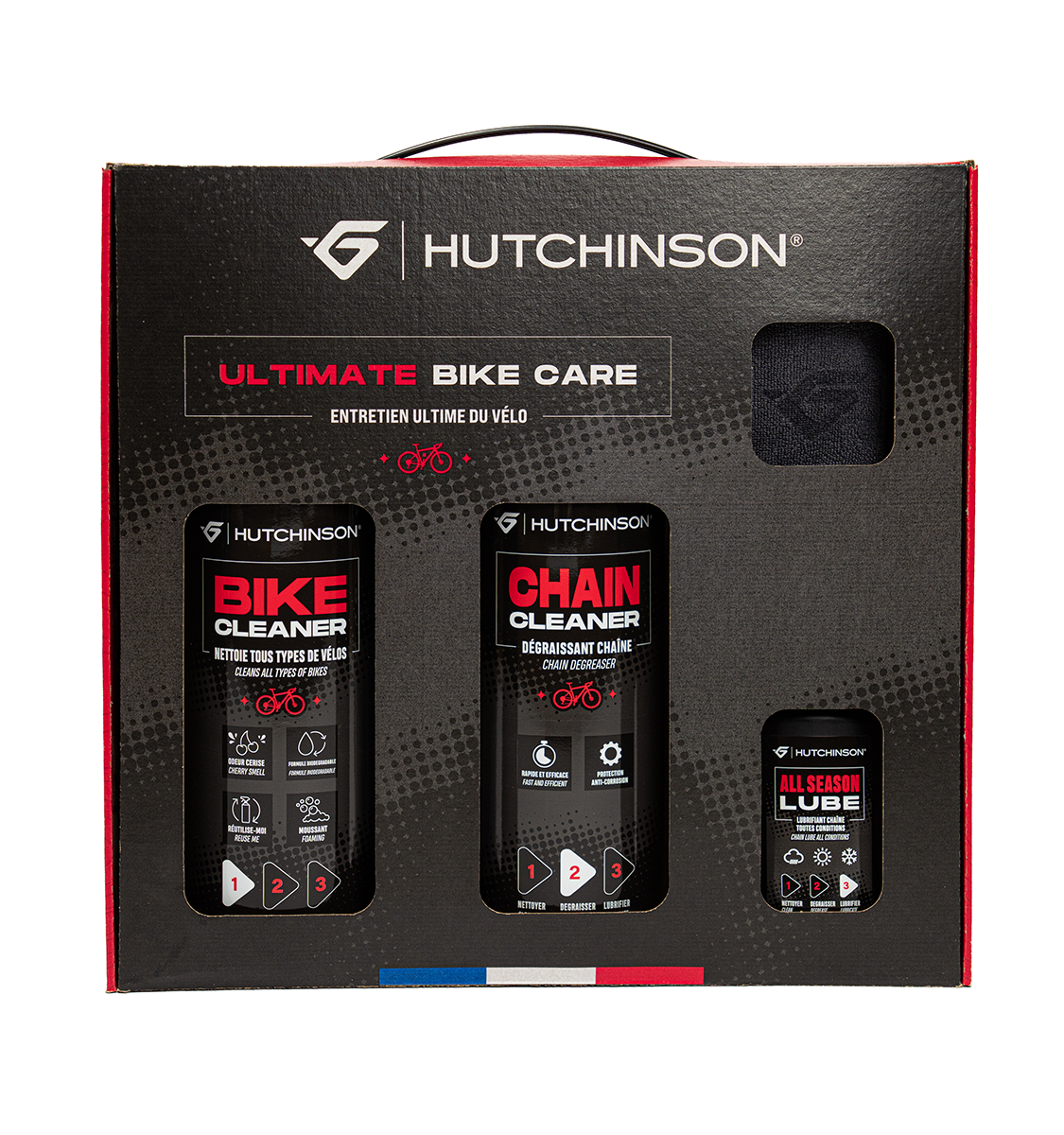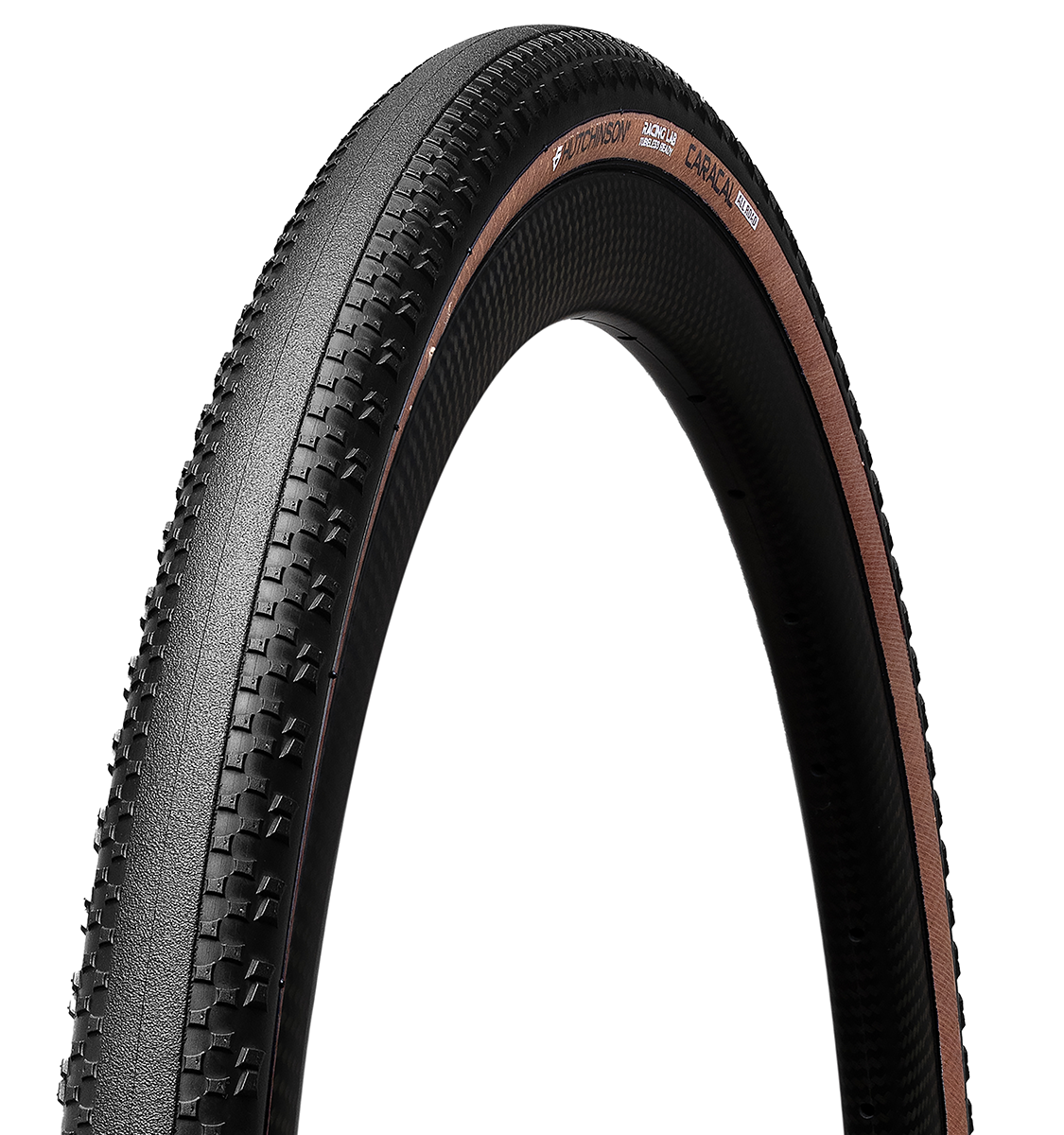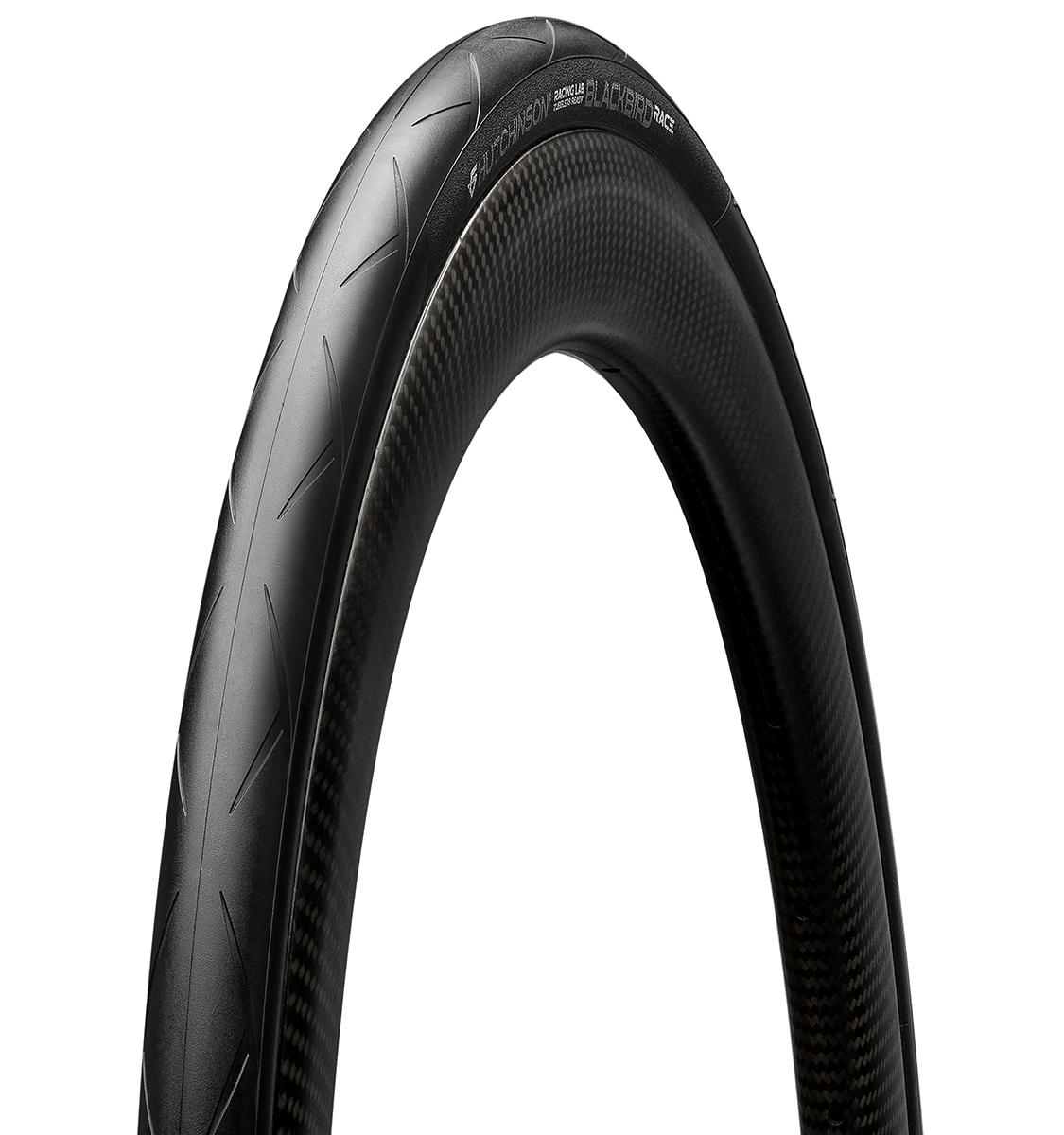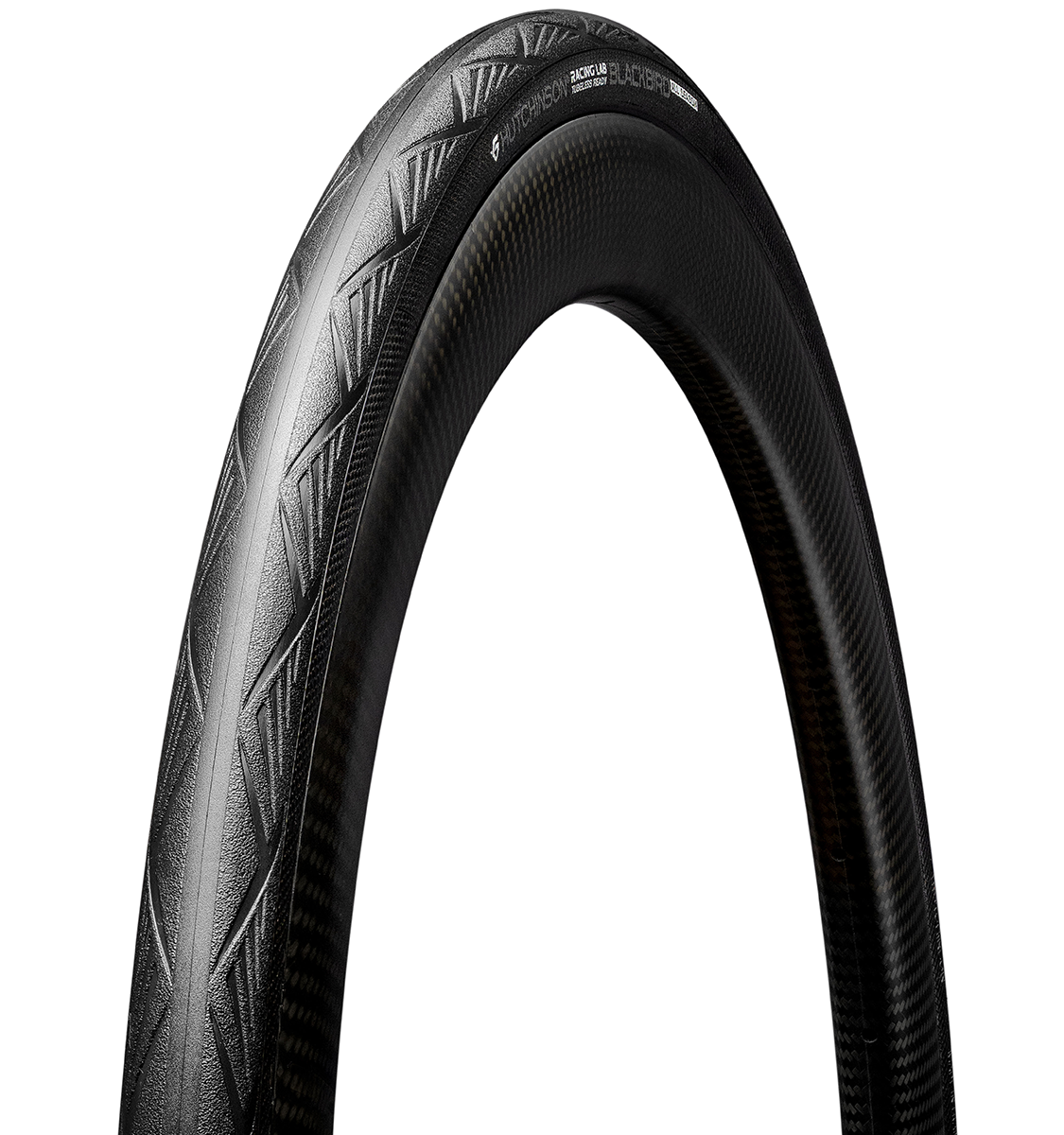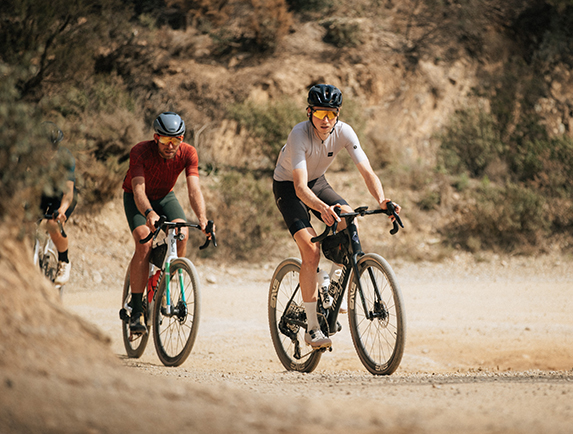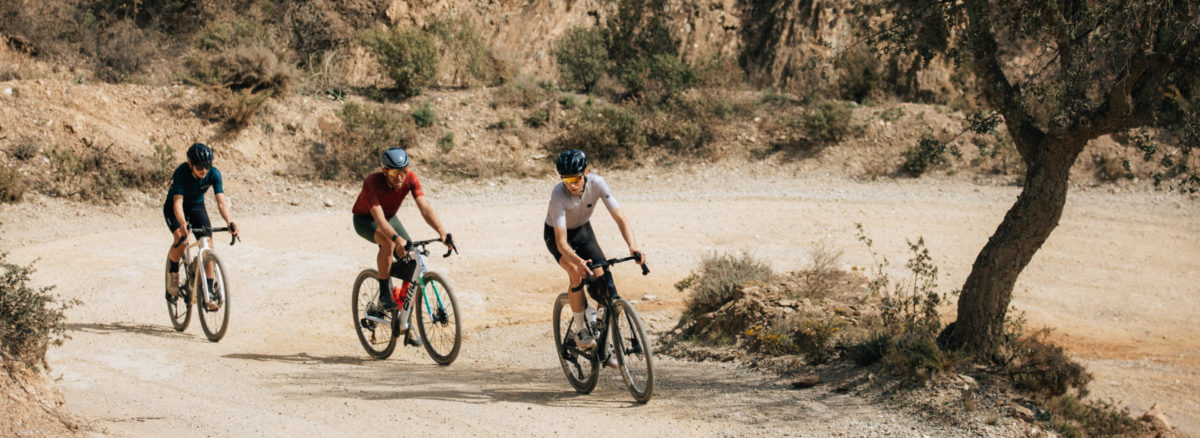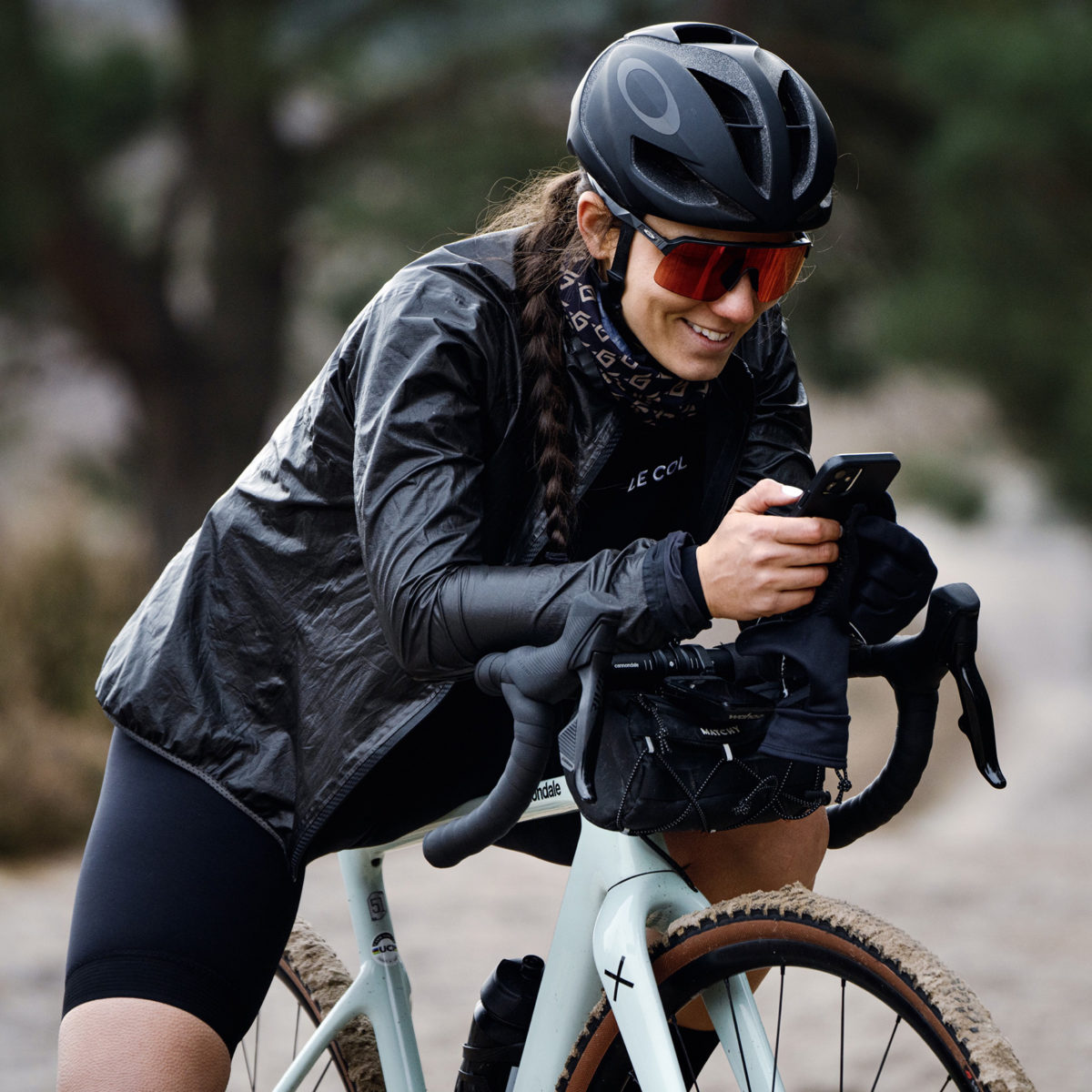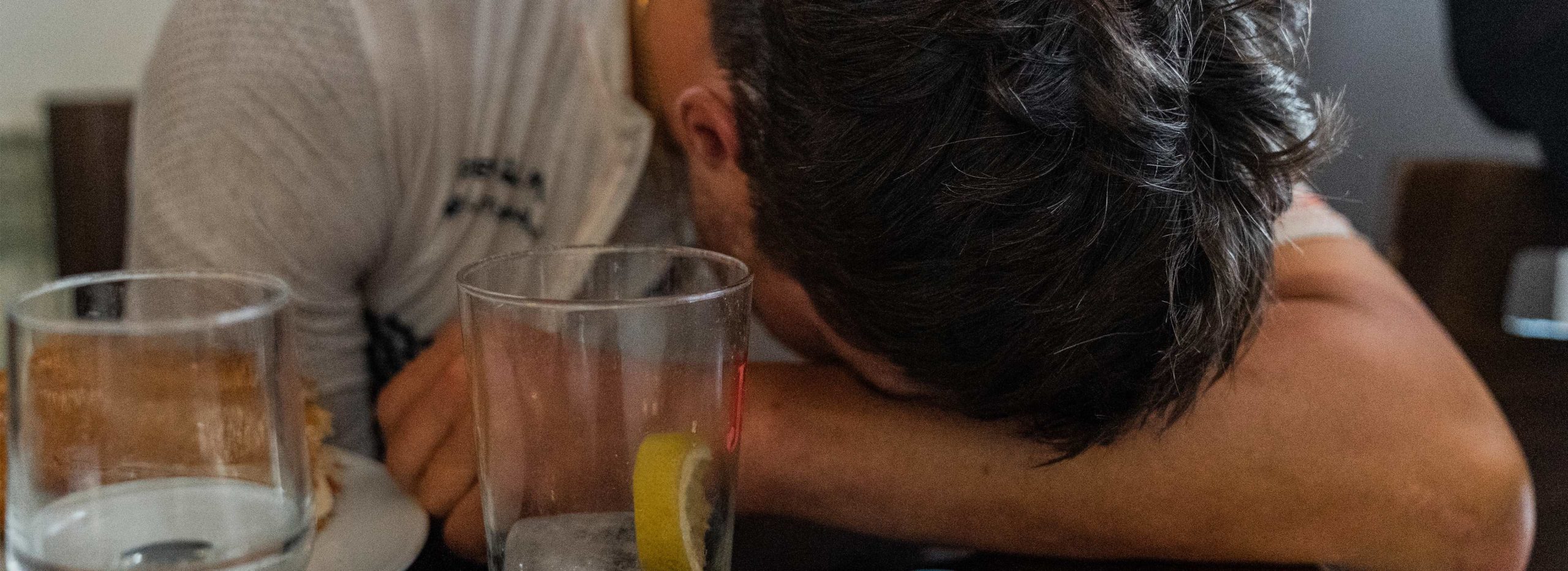

25 August 2021
Watch Pedalma : a 700 km race from MAD to BCN
Pedalma is an unsupported ultra cycling event that joins Madrid and Barcelona following a track of 700 km on tarmac and +7000m. Ibai Fradejas and his friend Fernando Marquez, share their experience from the race and discuss how priorities can change during the course of a trip.
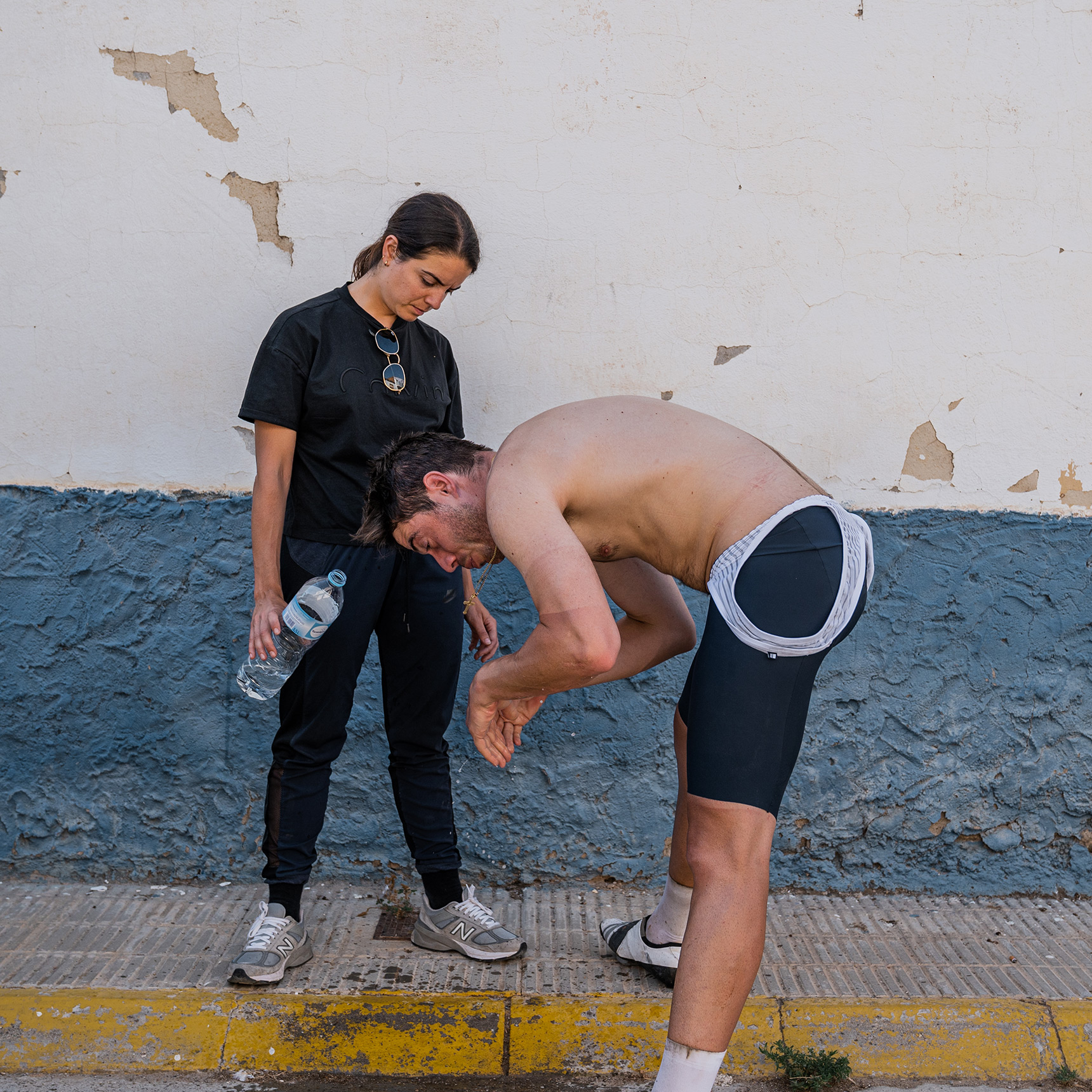

“When the goal is to compete at the highest level, every detail counts. The choice of tires, the pressure, the clothes you wear, what you choose to carry inside your backpacks, how you plan your nutrition and breaks – each item plays an important role when you are trying to ride for up to 30 hours without a real break. To pedal that hard, you have to take risks, and those leading these events rely on experience to make sensible bets.”
– Ibai Fradejas
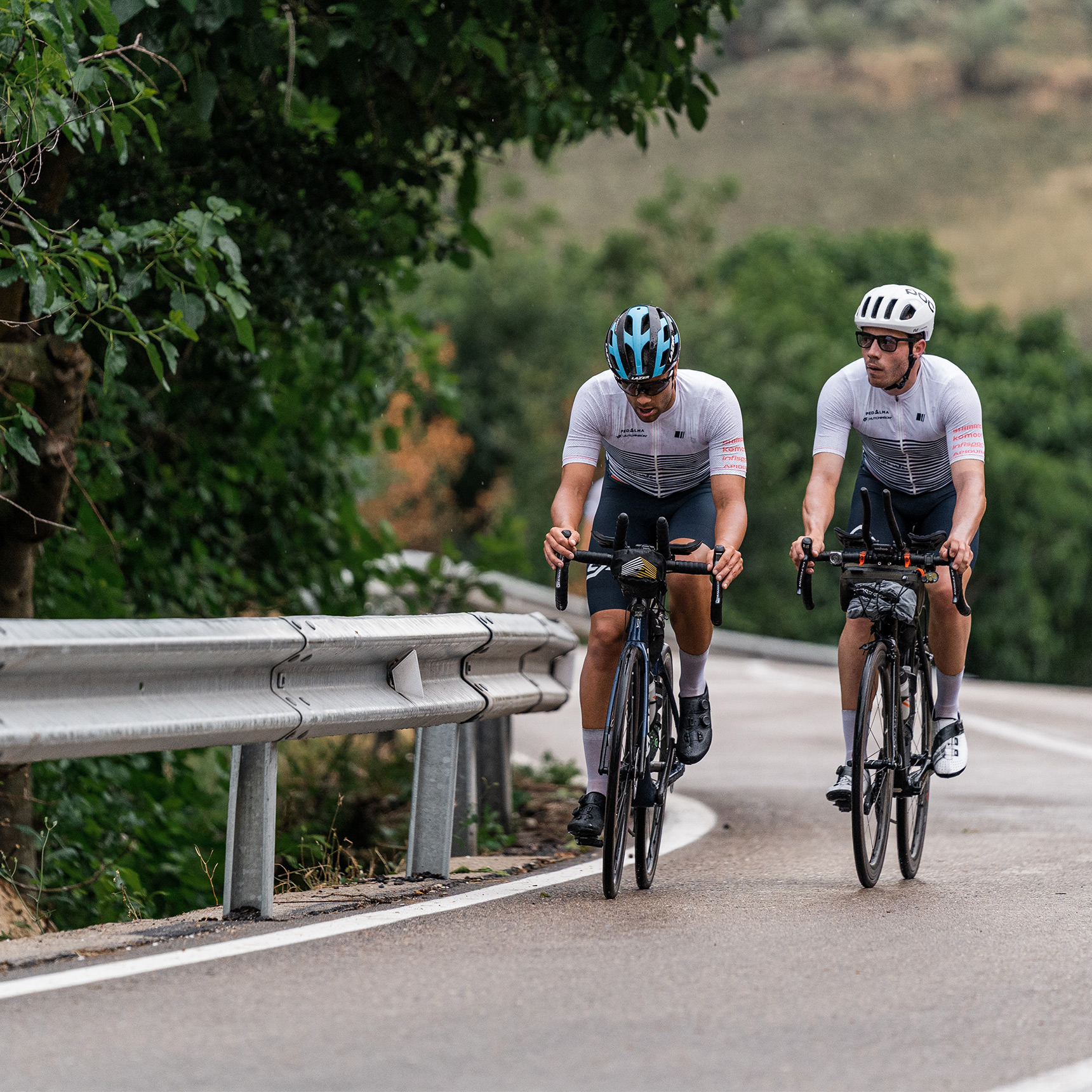
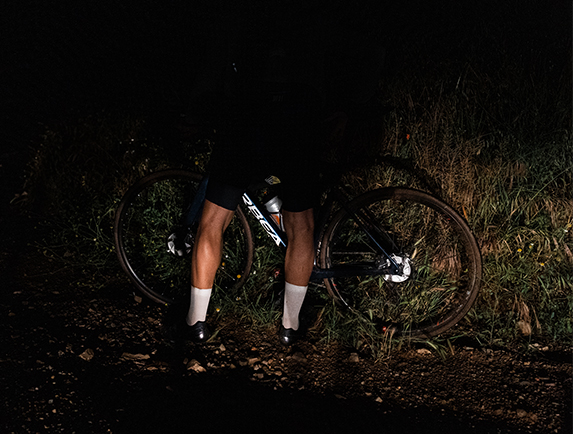
For Pedalma, Fernando Marquez, my partner in this adventure and I had decided on a game plan before the big night out. After a hectic start, the field of around 50 runners began to spread out. When we got to the first big climb, the pace stabilized and the riders started to take positions. We rode fast and reached the first checkpoint after 125 km in first place. It only took us a few minutes to seal our accreditation, put on our waterproof jackets for worsening weather, and get our bikes back on our feet. We kept riding and before we knew it, we were in deep darkness, pedaling into the night.
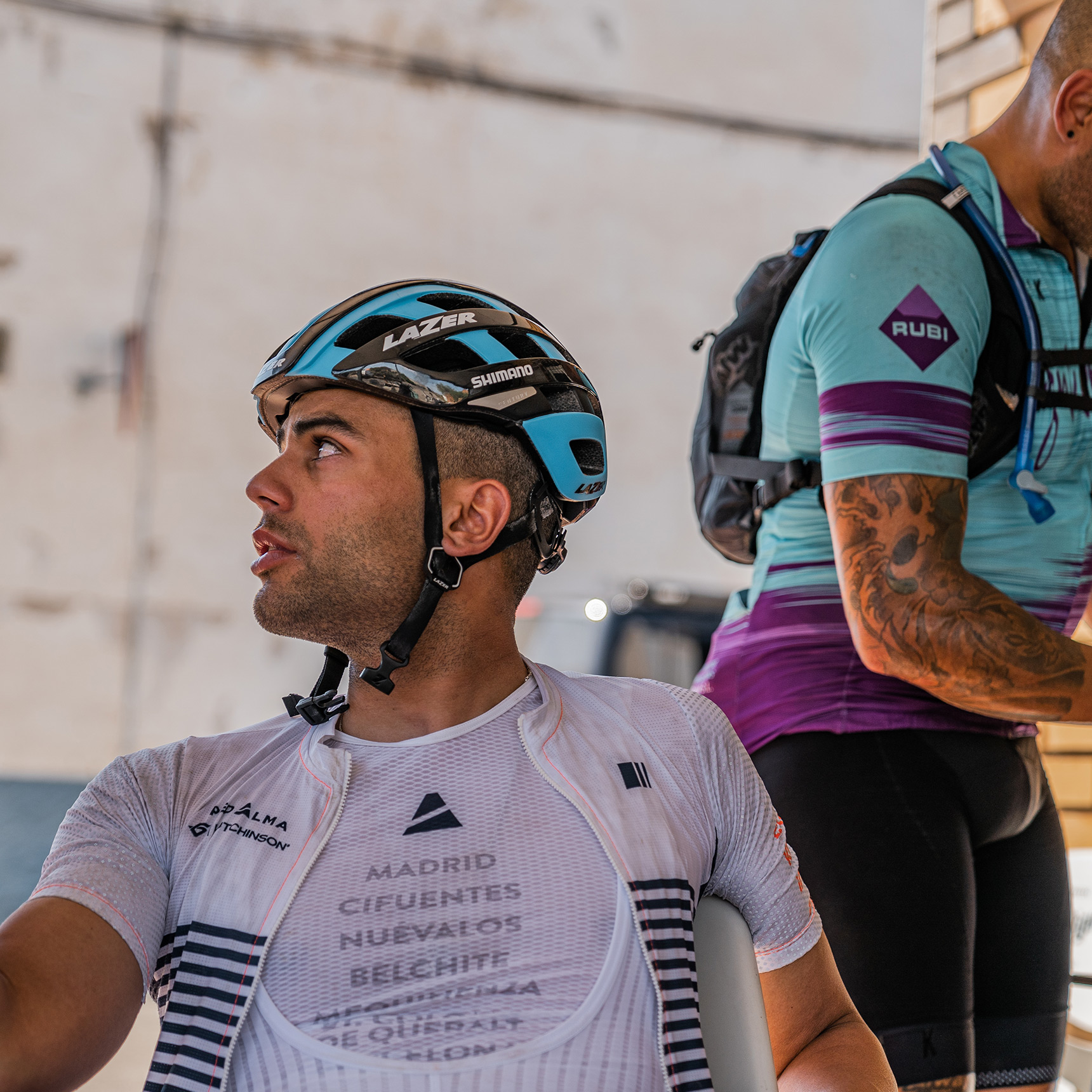
“The weather was not on our side, and a fierce storm broke out as night fell.”
More than half of the participants decided to take shelter at the first checkpoint and find respite from the rain. Even though we were soaked we decided to keep going, sticking to our initial strategy of not stopping until the third checkpoint at 375km.
The temperature dropped sharply at night and Fernando began to suffer from the elements. He had a cold and was beginning to fight the disease. Fatigue was taking hold and he could barely keep his eyes open, even with the caffeine gels in our system. When you push yourself to the max and push your body to overcome such conditions, you become much more vulnerable. That is an unavoidable reality with this type of endurance riding and a risk we have to take. Should we have packed extra layers to cope with fluctuations in the weather? Should we have stopped to sleep, making sure we could get a good rest? Or could we have saved weight and left nonessentials at home? These are the quesstions that only have obvious answers in hindsight.
Just 25 kilometers from the third control, we had to start improvising. We had lost a lot of time and several positions at this point, and the challenge now was simply to finish and get to Barcelona. The race was limited to 50 hours, so we all had to be efficient just to complete the route on time.
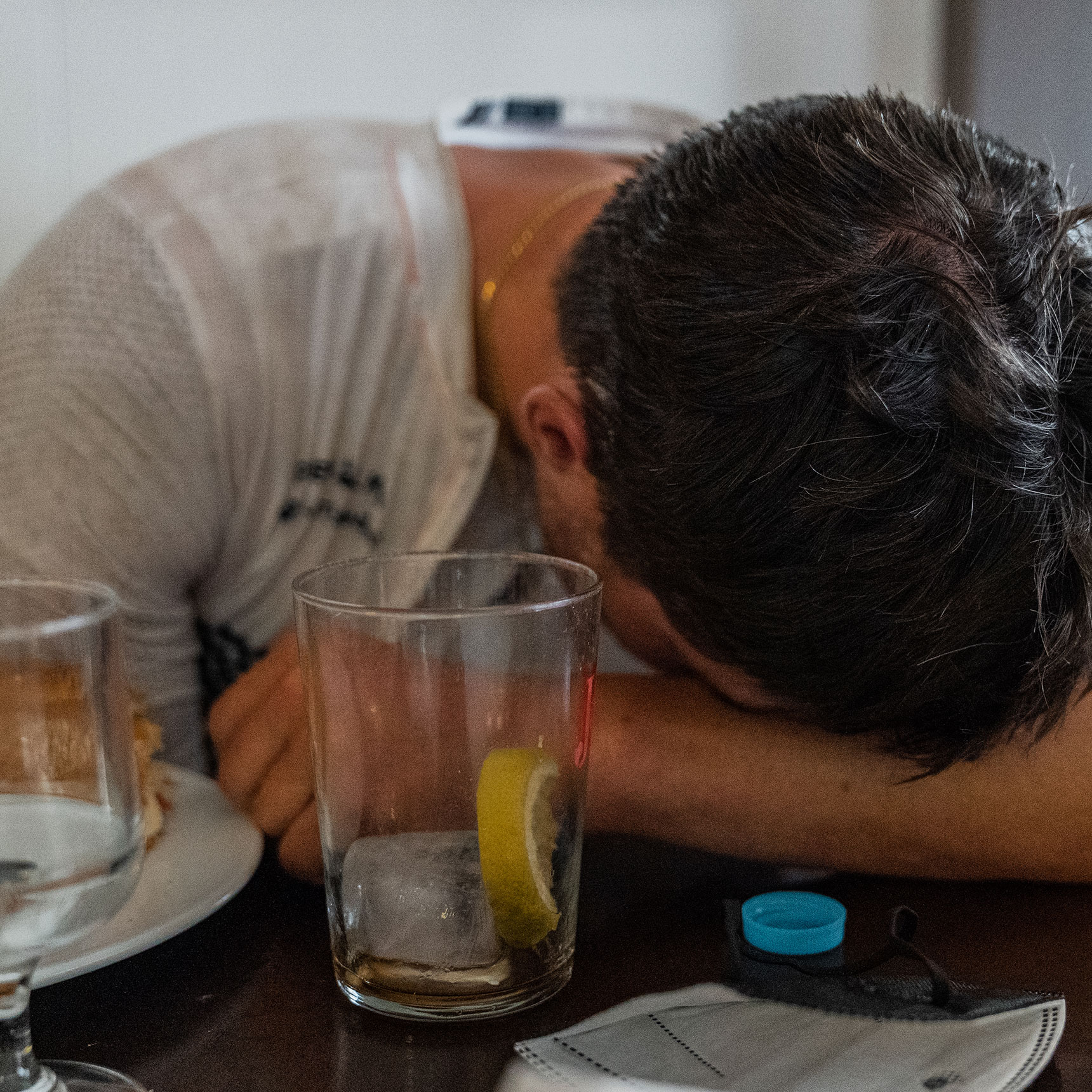
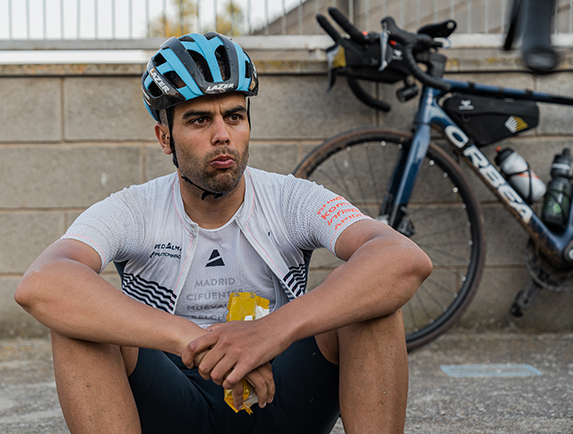
At that point it was clear that we were not going to win, but we still wanted to compete and enjoy the views that would accompany us in the morning light. Even that became difficult with the steep climbs, and in no time the temperatures were back up to 44 ° C. We were struggling a lot, and getting to the fourth checkpoint at 473km was a long test. As soon as we left the base, I realized that something was seriously wrong with Fernando. He was sick and exhausted. Itdidn’t make sense to push harder and bet for the next 200 km. He had no choice but to quit.
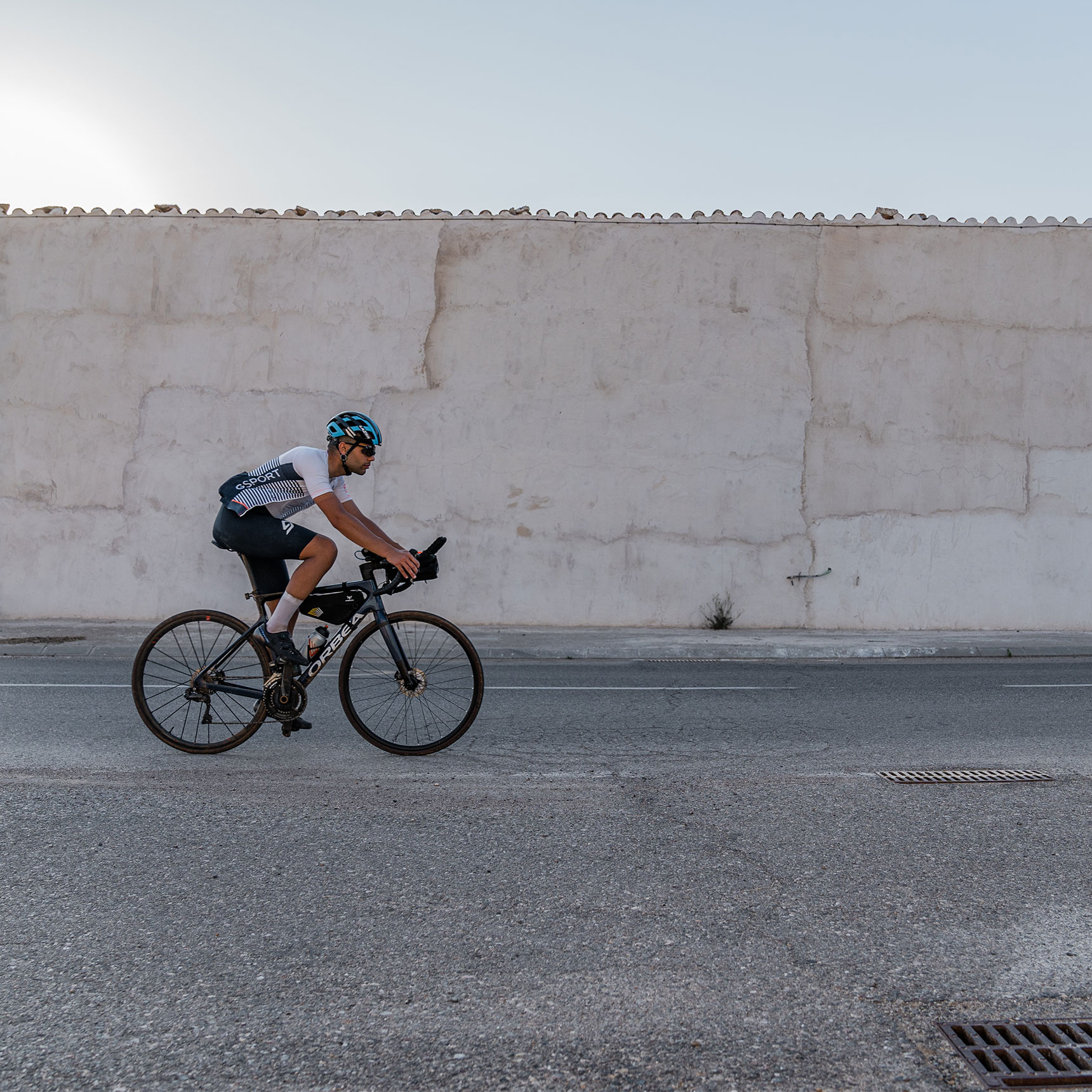
Even though our race strategy hadn’t gone as planned at all, and I knew we would be disqualified as a couple, I decided to go ahead alone, I still wanted to finish what we had started. Driven by an overwhelming desire to get to Barcelona, I moved on for the day.
After 700 hard kilometers, I finally reached the finish line. It had been a rough ride, but in the end, I was proud to have completed the route. Perseverance is an art, and sometimes we must seek motivation through alternative sources. Although I initially wanted to win as a couple, soaking up the experience alone and getting through the night’s hardships was an equally rewarding result.
